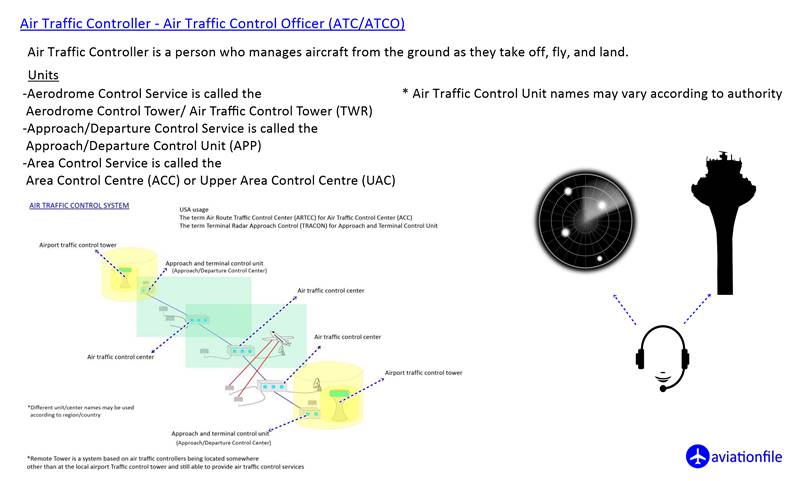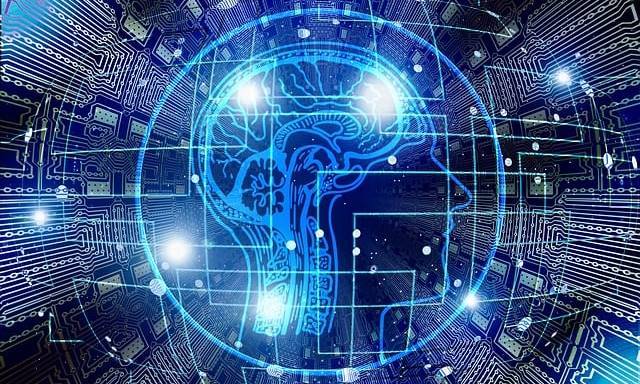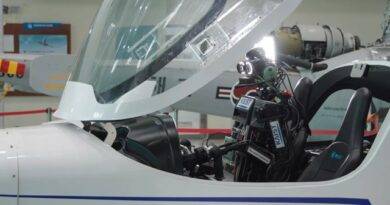Artificial Intelligence and Air Traffic Control
Air Traffic Control (ATC) is a critical component of the aviation industry, ensuring the safety and efficiency of aircraft movements in the airspace. However, as air traffic continues to grow, the workload of human controllers is becoming increasingly challenging. In recent years, Artificial Intelligence (AI) has emerged as a promising technology that could help alleviate some of the burden faced by ATC. This article will explore the role of AI in ATC, its benefits, challenges, and the potential implications for the aviation industry.
The Role of AI in Air Traffic Control:
AI can be used in ATC in various ways. One of the primary applications is to help controllers manage airspace by providing real-time data and automated decision-making support. For example, AI algorithms can analyze weather patterns, aircraft performance, and other factors to help controllers make informed decisions on routing and scheduling flights. AI can also be used to predict potential conflicts between aircraft and provide early warning to controllers.
Another use of AI in ATC is in the development of unmanned aerial vehicles (UAVs) or drones. These autonomous aircraft could potentially reduce the workload of human controllers and provide greater flexibility in managing airspace. AI could help UAVs navigate, avoid other aircraft, and ensure safe flight operations.
Benefits of AI in Air Traffic Control:
The integration of AI into ATC could bring several benefits to the aviation industry. The primary benefit is increased safety, as AI can help detect potential hazards and prevent accidents. AI can also improve efficiency by reducing delays, optimizing routes, and enhancing communication between controllers and pilots.
Furthermore, AI can reduce the workload of human controllers, allowing them to focus on more complex tasks that require human judgment and decision-making skills. This could lead to improved job satisfaction among controllers, who may experience reduced stress and fatigue.
Challenges and Concerns:
Despite its potential benefits, the integration of AI into ATC also presents some challenges and concerns. One of the primary concerns is the potential loss of jobs for human controllers. While AI can help reduce their workload, it could also lead to job displacement in the long run. There are also concerns about the reliability of AI algorithms, especially in critical decision-making situations. Additionally, AI systems may be vulnerable to hacking and cyberattacks, which could have severe implications for air traffic safety.
Moreover, the integration of AI into ATC would require significant investment in infrastructure and training. There would also be a need to establish clear guidelines and regulations to ensure the safe and ethical use of AI in aviation.

Implications for the Aviation Industry:
The integration of AI into ATC could have far-reaching implications for the aviation industry. It could lead to increased efficiency and safety, reduced costs, and improved customer experience. However, it could also lead to job displacement and require significant investments in technology and training. As such, the aviation industry will need to carefully consider the potential benefits and drawbacks of AI in ATC and develop a strategy that balances these competing interests.
Conclusion:
The integration of AI into ATC represents a significant opportunity for the aviation industry to improve safety, efficiency, and customer experience. However, it also presents some challenges and concerns, including job displacement and the reliability of AI algorithms. As such, the aviation industry will need to carefully consider the potential benefits and drawbacks of AI in ATC and develop a comprehensive strategy to ensure safe and ethical use of this technology.
References:
- Air Traffic Control Association. (2021). Air Traffic Control and Artificial Intelligence. Retrieved from https://www.atca.org/air-traffic-control-and-artificial-intelligence
- Federal Aviation Administration. (2021). Artificial Intelligence in Aviation. Retrieved from https://www.faa.gov/air_traffic/technology/artificial_intelligence/
- International Civil Aviation Organization. (2021). Unmanned Aircraft Systems (UAS). Retrieved from https://www.



